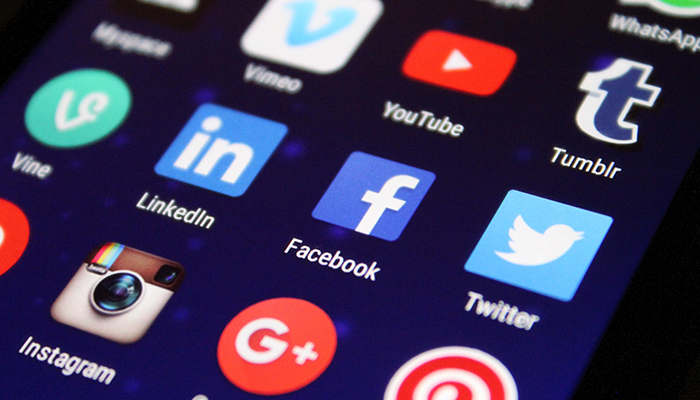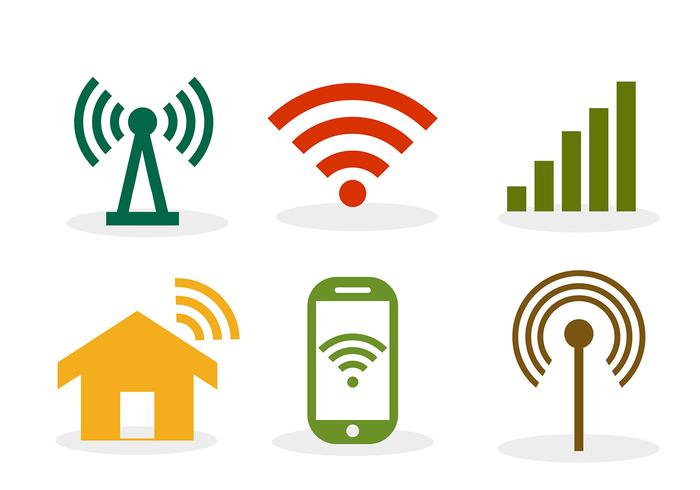The internet has taken the world by storm over the past decade or so. Also a large portion of our time is now spent online, and everything from businesses to people are globally connected through the internet. In Pakistan, internet has spread across the country rapidly. In short, it is accessible not only in the urban areas but also in the rural parts of the country. Especially the internet industry has evolved a lot from 1992 when a dial-up email service was introduced by a company called Imran-Net.
Earlier in 1993, email services gained support of the UNDP through its funding program called ‘Sustainable Development Networking Program.’ The main purpose of this program was to provide email services to the general public. By the way the service provider charged emails according to byte size. In 1995, another company called Digicom entered the market and launched the first-ever internet service in Karachi.
This move was the catalyst for the emergence of the internet industry in Pakistan as later, companies such as Brainnet, Paknet and COMSATS spread the internet countrywide.

History of internet in Pakistan
- 1992-1993: First dial-up email service launched by Imran-Net
- 1993: Sustainable Development Networking Program (SDNPK) initiated dial-up email services in Karachi, Lahore and Islamabad
- 1995: With the help of a direct satellite, Digicom launched online dial-up services in Karachi
- 1995:Paknet started dial-up, text-based internet services in Karachi, Lahore and Islamabad
- 1996: Pakistan Telecommunication Authority (PTA) broke ground
- 1996: First time ever, dial-up graphic-based internet was introduced at a speed of 14.4-28.8 kbps in Karachi, Lahore and Islamabad
- 1997: Cybernet launched its service in Karachi
- 1997: Dial-up speed rose to 33.6 kbps
- 1998: Dial-up speed rose again to 56 kbps
- 2001: Launch of DSL
- 2006: Submarine cable linking Pakistan and UAE launched by Transworld Associates
- 2006: FTTH launched for the first time in Islamabad
- 2007:WiMax introduced by Wateen, WiTribe and Qbee
Also Read: How to get Pioneer card in Pakistan?
Usage of Internet in Pakistan
In edition to Every year since 2000, the internet usage in Pakistan has increase. In 2000, the total number of users was around 133,900 in a population of 163,985,737 citizens. There is only about 0.08% of the population had access to the internet. Six years later, the figures changed and 7.2% of the population was able to use the internet. Then, in the period 2010-2018, the percentage of population with internet access more than doubled from 10.4% in 2010 to a staggering 22.2% in 2018.
Generally, almost 50million people in Pakistan have internet access with 15 million mobile internet users (3G/EDGE/GPRS) and 1.7 million broadband/DSL connections.
Therefore Pakistan has also come a long way when it comes to how internet is provided. There are 6 undersea cables connecting Pakistan to the rest of the world, four of which belong to Pakistan Telecommunication Limited (PTCL) and two were installed by Transworld Associates.
Pakistan on the Rise
Pakistan has been ranked at the topvfrom 139 countries on the list of the most affordable telecom services in the Network Readiness Index Report compiled by the World Economic Forum. Therefore Pakistan also defeated countries such as Iran, India and Bangladesh on the World Economic Forum’s Competitiveness Index Report due to the availability of updated technology and internet bandwidth.
Thus, the internet landscape in Pakistan is constantly evolving and growing and over the past 5 years, internet users have almost doubled. The growth rate has risen incredibly and is higher than the growth rates of regional competitors such as Bangladesh, India and Sri Lanka, according to the statistics collected by the World Bank.
Internet and broadband services are also expanding, taking the total user count to more than 50 million across the country. Also the demand for technologies such as WiMax, EvDO and FTTH is also seeing an upward trend and with the availability of high-tech technologies, internet speed has also been increasing. There are currently 50 internet service providers active in Pakistan, out of which 10 broadband companies are making internet accessible and affordable in urban centers.
Different service providers have also introduced affordable packages and subscriptions for mobile customers. Usually internet on mobile phones is mostly used for browsing, chatting or using social websites such as Facebook, Twitter and Instagram.Cheaper mobile phones help people stay online for longer periods.
Furthermore, the promotion of cellular internet services has been quite aggressive over the last few years. One main reason for that is to generate revenue from internet along with voice calls and text messages.
Results of Rapid Internet Growth
The internet has tremendous power and has the ability to change mindsets, ideologies, opinions and even age-old traditions. It has the ability to not only change your decision-making abilities but also influence them. Political and economic influencesare the most powerful effects of the internet, so while Pakistan is undergoing a digital revolution, it is necessary to stay wise and not be controlled by forces that are constantly looking for ways to take over your life.
Above all, the internet has resulted in many positives, from connecting the world to making complex tasks simple. The most important achievement of the internet is bridging the gap in communication. Today, we can communicate through different means, regardless of where we are on the planet.
However, a concept known as ‘smart farming’ has been doing the rounds and the European Union has even supported it. This program will enable one to collect large quantities of information regarding crops, soil mapping, fertilizers, weather, animal health and machinery to make the entire process of farming more convenient.
Smart farming is already luring private companies. Swiss and British companies called Anemone and eCow are actively pursuing these innovative ways of farming. The time is not far when Pakistan also moves toward achieving such technological milestones which will not only help our agricultural-dependent economy but also pave the way for more innovations in the future.


